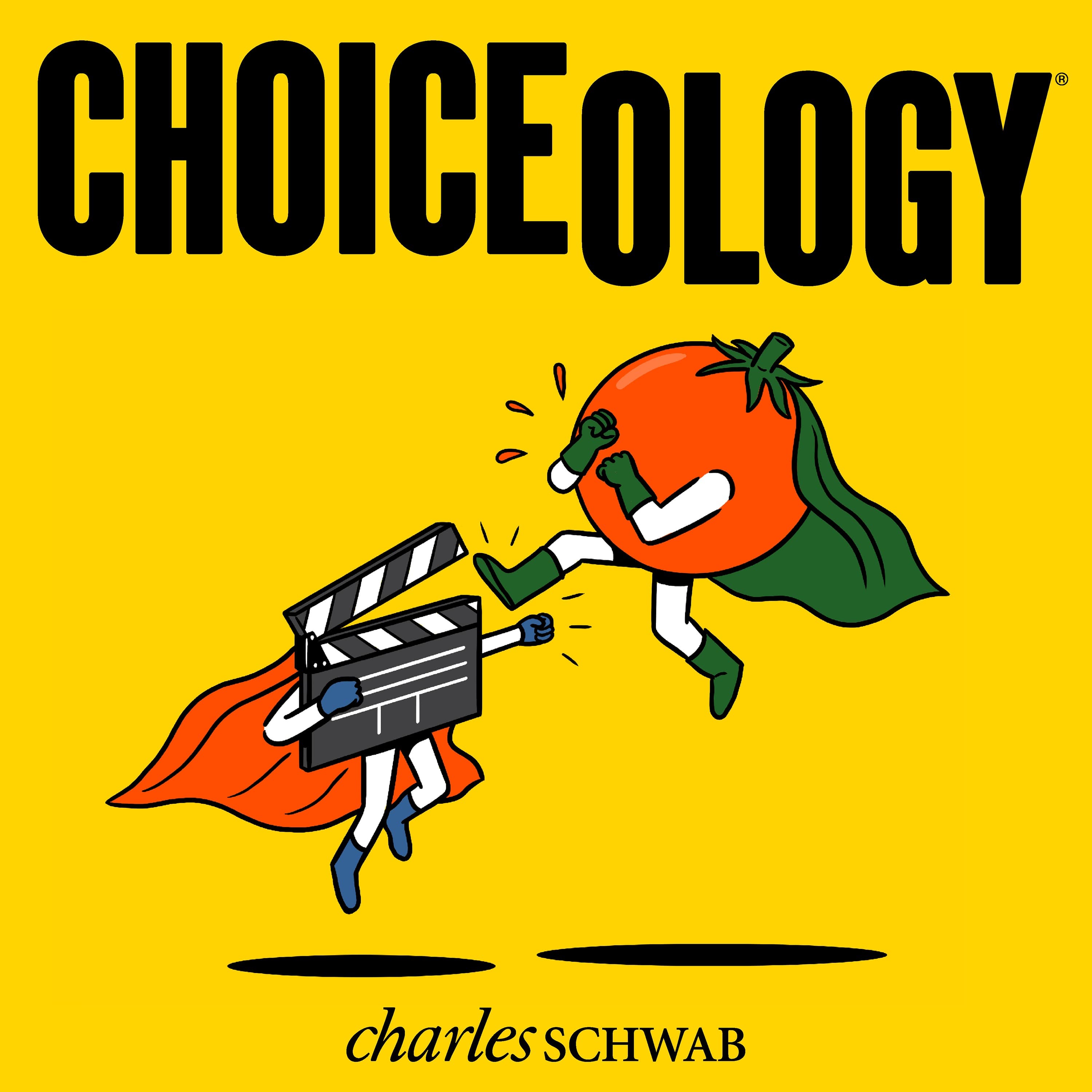A Numbers Game: With Guests Linda Chang & Stephen M. Colbert
Workplaces often rely on numerical ratings for performance reviews. Election debates focus on poll numbers and approval ratings. Your watch counts your steps in a day. Numbers increasingly influence our decisions.
In this episode of Choiceology with Katy Milkman, we look at our very human tendency to fixate on digits even when words or graphs represent the very same information.
Stephen M. Colbert writes about movies and the film industry and shares the heated story of when the DC Extended Universe came up against some unfavorable Rotten Tomatoes scores. You'll hear about a battle of wills between a famous director, some powerful studio executives, and a legion of fans, proving that numbers don't tell the whole story.
Next, Katy speaks with Linda Chang, a behavioral scientist at the Toyota Research Institute and former MindCORE post-doctoral research fellow at the University of Pennsylvania. Katy and Linda, together with University of Chicago Professor Erika Kirgios and MIT Professor Sendhil Mullainathan, worked on the paper "Does Counting Change What Counts? Quantification Fixation Biases Decision-Making."
Learn more about behavioral finance.
The comments, views, and opinions expressed in the presentation are those of the speakers and do not necessarily represent the views of Charles Schwab.
Data contained herein from third party providers is obtained from what are considered reliable source. However, its accuracy, completeness or reliability cannot be guaranteed and Charles Schwab & Co. expressly disclaims any liability, including incidental or consequential damages, arising from errors or omissions in this publication.
All corporate names and market data shown above are for illustrative purposes only and are not a recommendation, offer to sell, or a solicitation of an offer to buy any security. Supporting documentation for any claims or statistical information is available upon request.
Investing involves risk including loss of principal.
The book How to Change: The Science of Getting from Where You Are to Where You Want to Be is not affiliated with, sponsored by, or endorsed by Charles Schwab & Co., Inc. (CS&Co.). Charles Schwab & Co., Inc. (CS&Co.) has not reviewed the book and makes no representations about its content.
Apple, the Apple logo, iPad, iPhone, and Apple Podcasts are trademarks of Apple Inc., registered in the U.S. and other countries. App Store is a service mark of Apple Inc.
Spotify and the Spotify logo are registered trademarks of Spotify AB.



